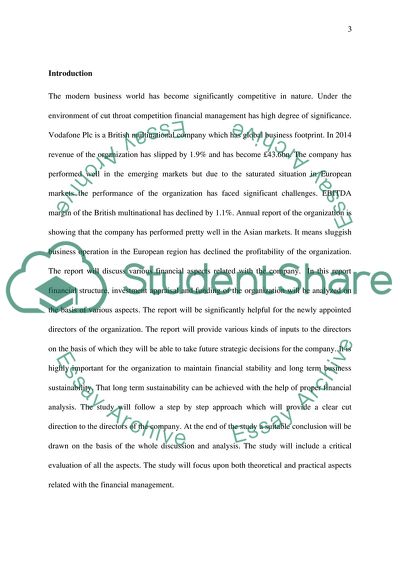Cite this document
(Financial Management Essay Example | Topics and Well Written Essays - 3000 words - 2, n.d.)
Financial Management Essay Example | Topics and Well Written Essays - 3000 words - 2. https://studentshare.org/business/1849399-financial-management
Financial Management Essay Example | Topics and Well Written Essays - 3000 words - 2. https://studentshare.org/business/1849399-financial-management
(Financial Management Essay Example | Topics and Well Written Essays - 3000 Words - 2)
Financial Management Essay Example | Topics and Well Written Essays - 3000 Words - 2. https://studentshare.org/business/1849399-financial-management.
Financial Management Essay Example | Topics and Well Written Essays - 3000 Words - 2. https://studentshare.org/business/1849399-financial-management.
“Financial Management Essay Example | Topics and Well Written Essays - 3000 Words - 2”. https://studentshare.org/business/1849399-financial-management.


